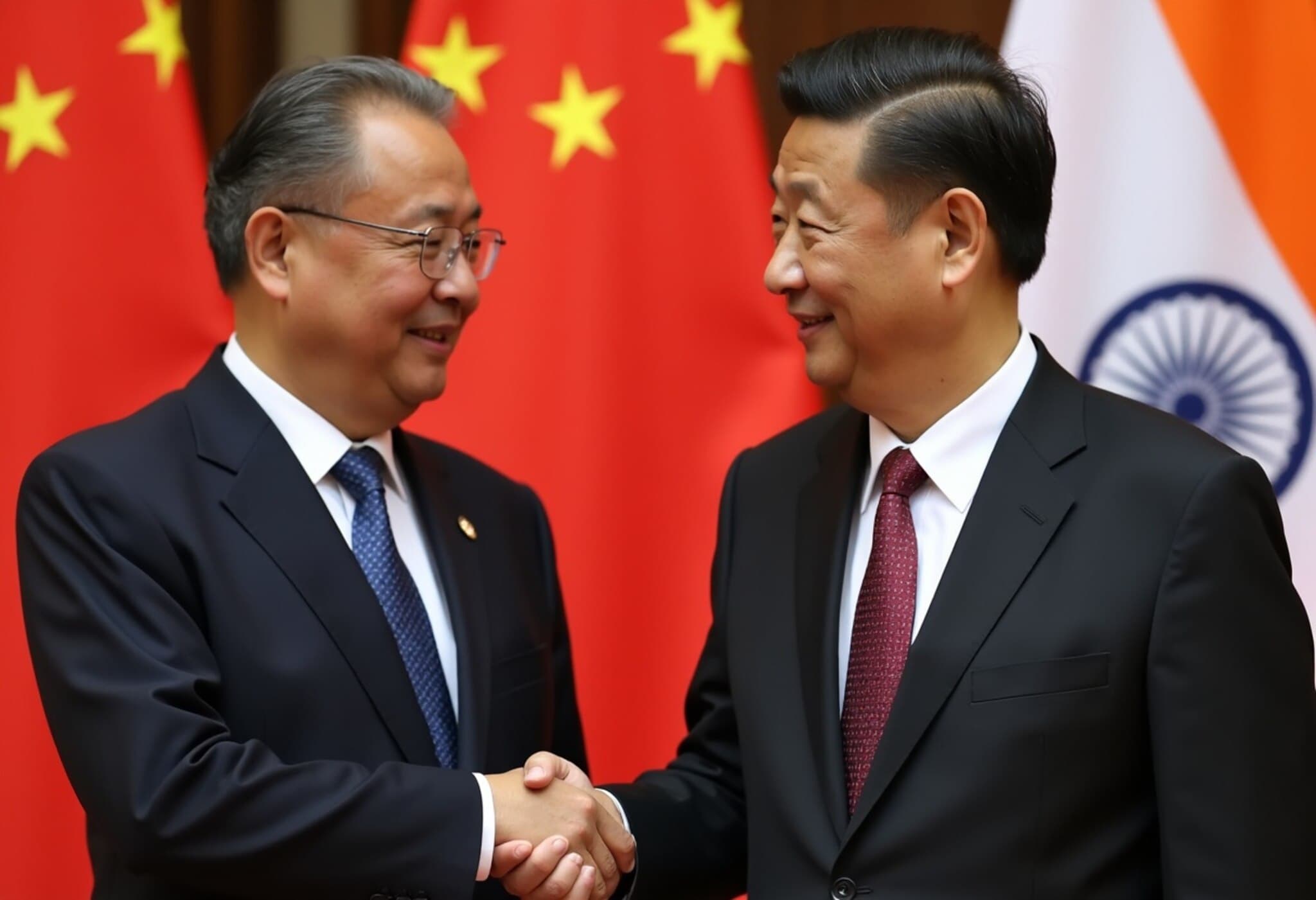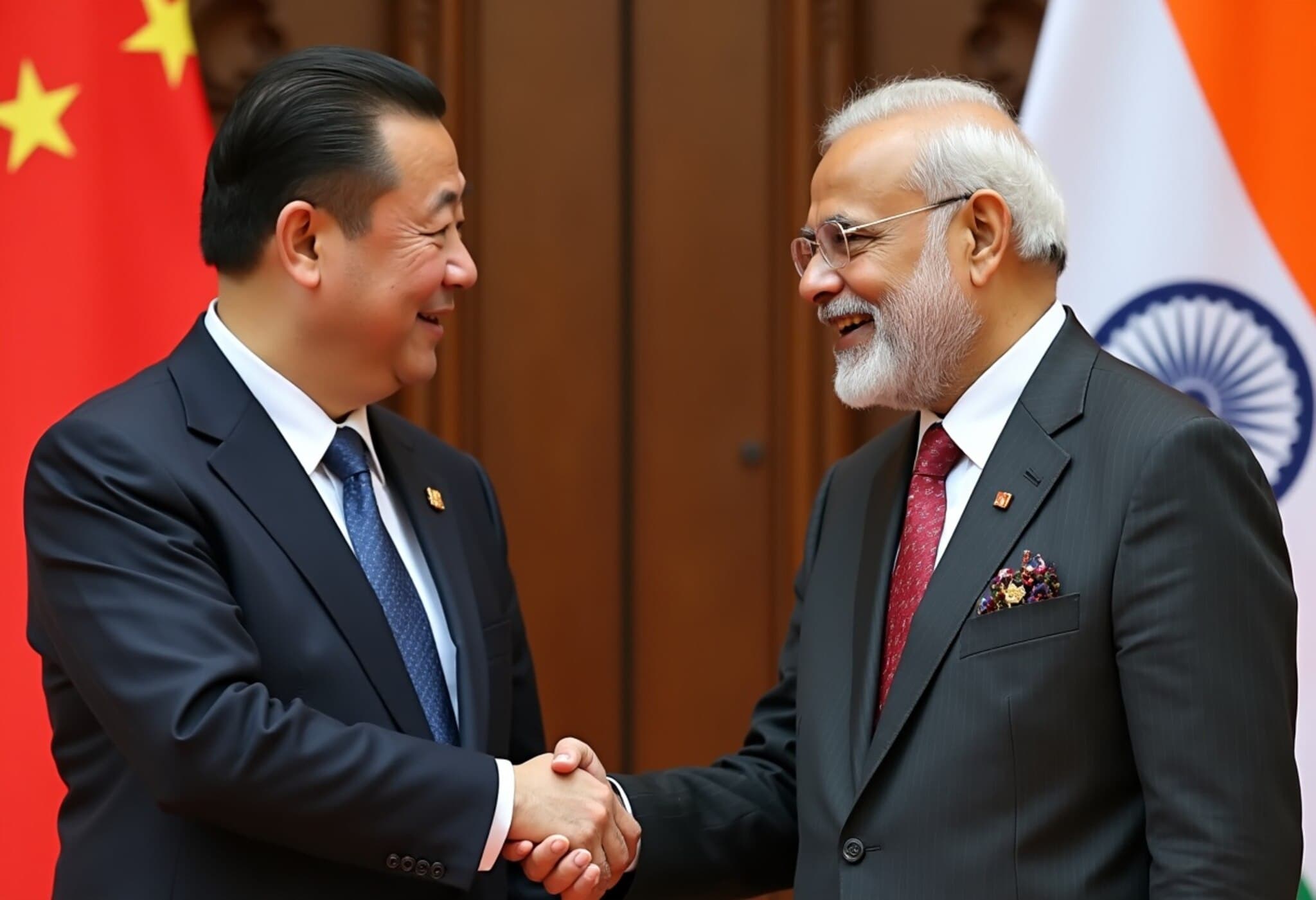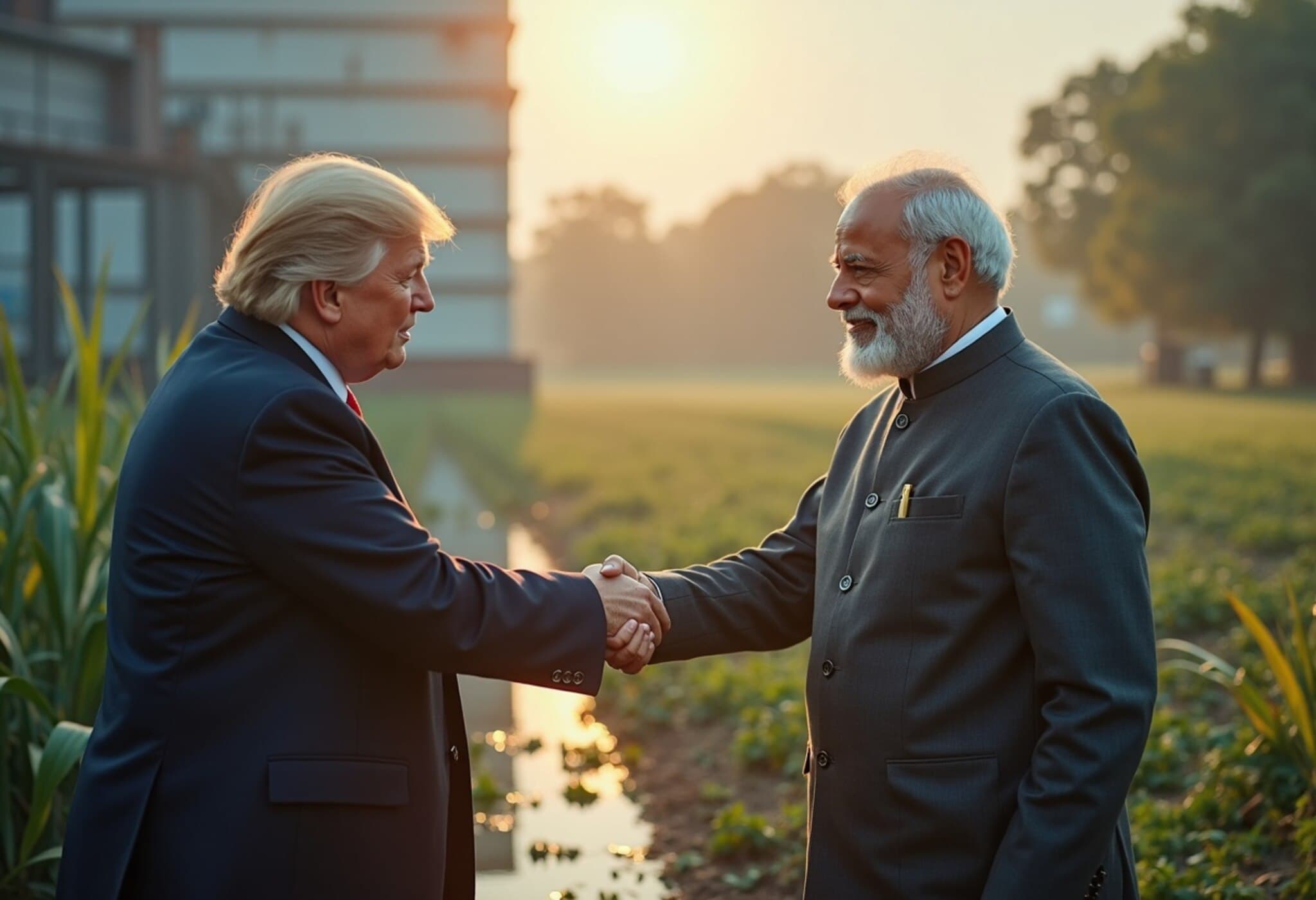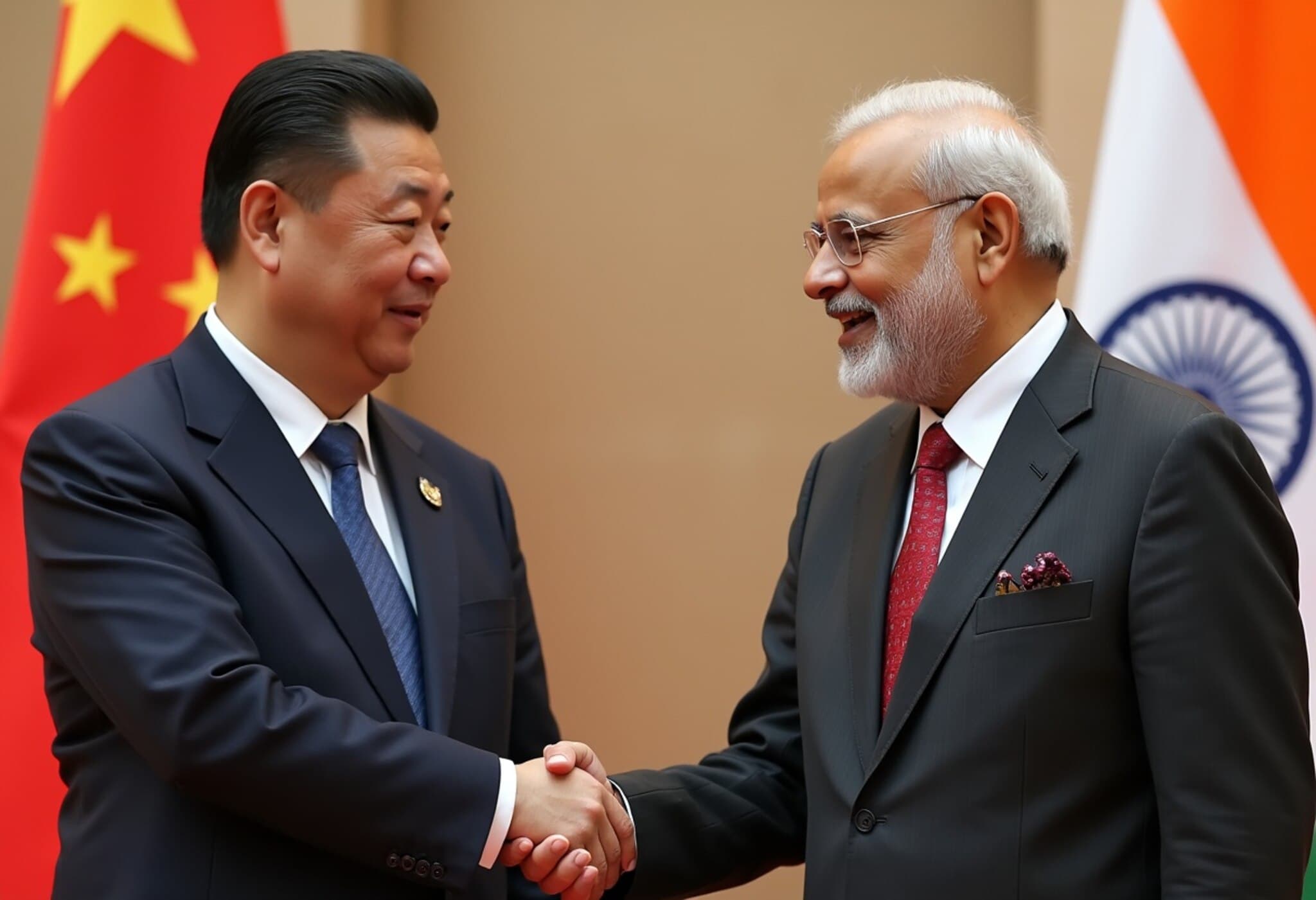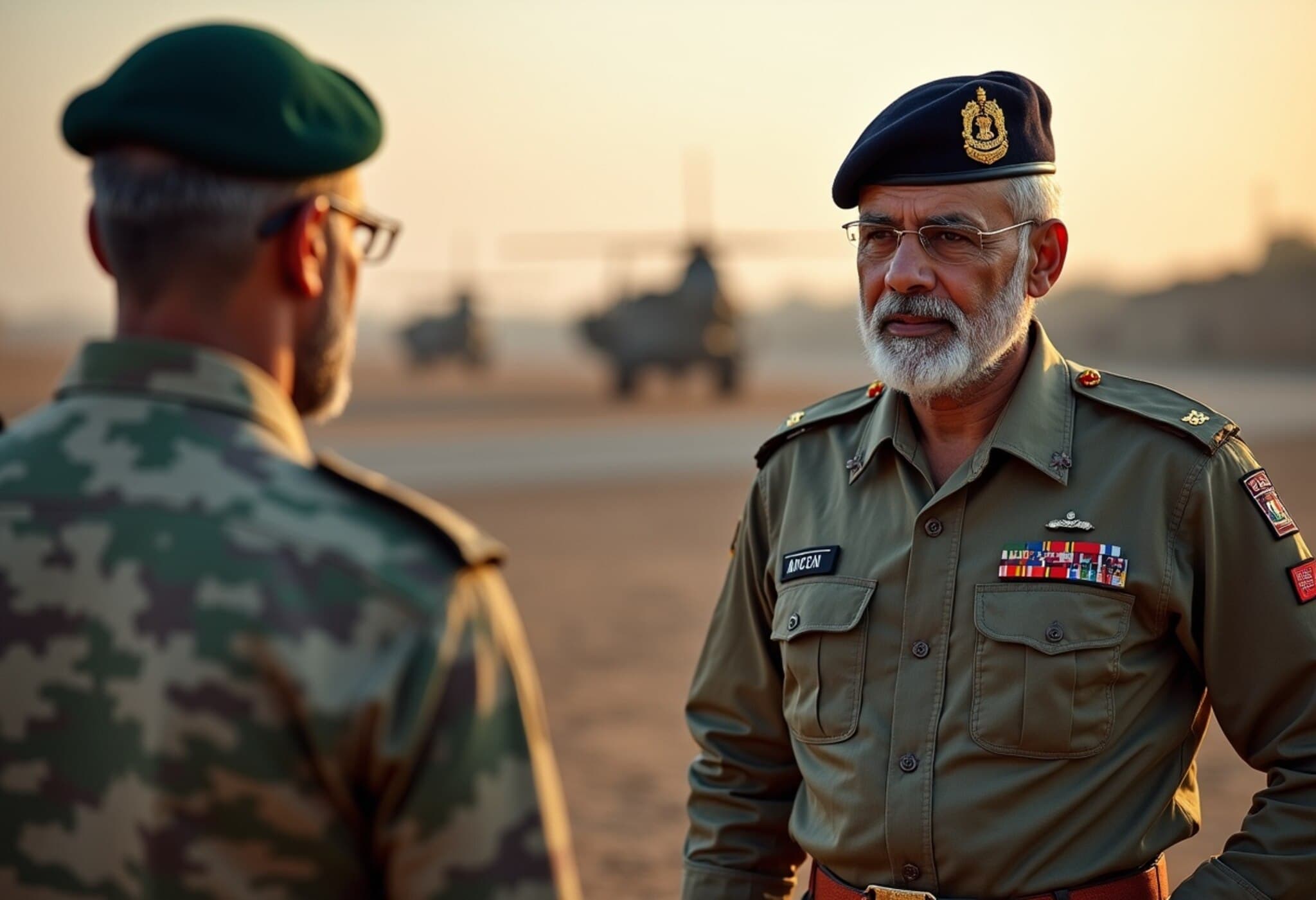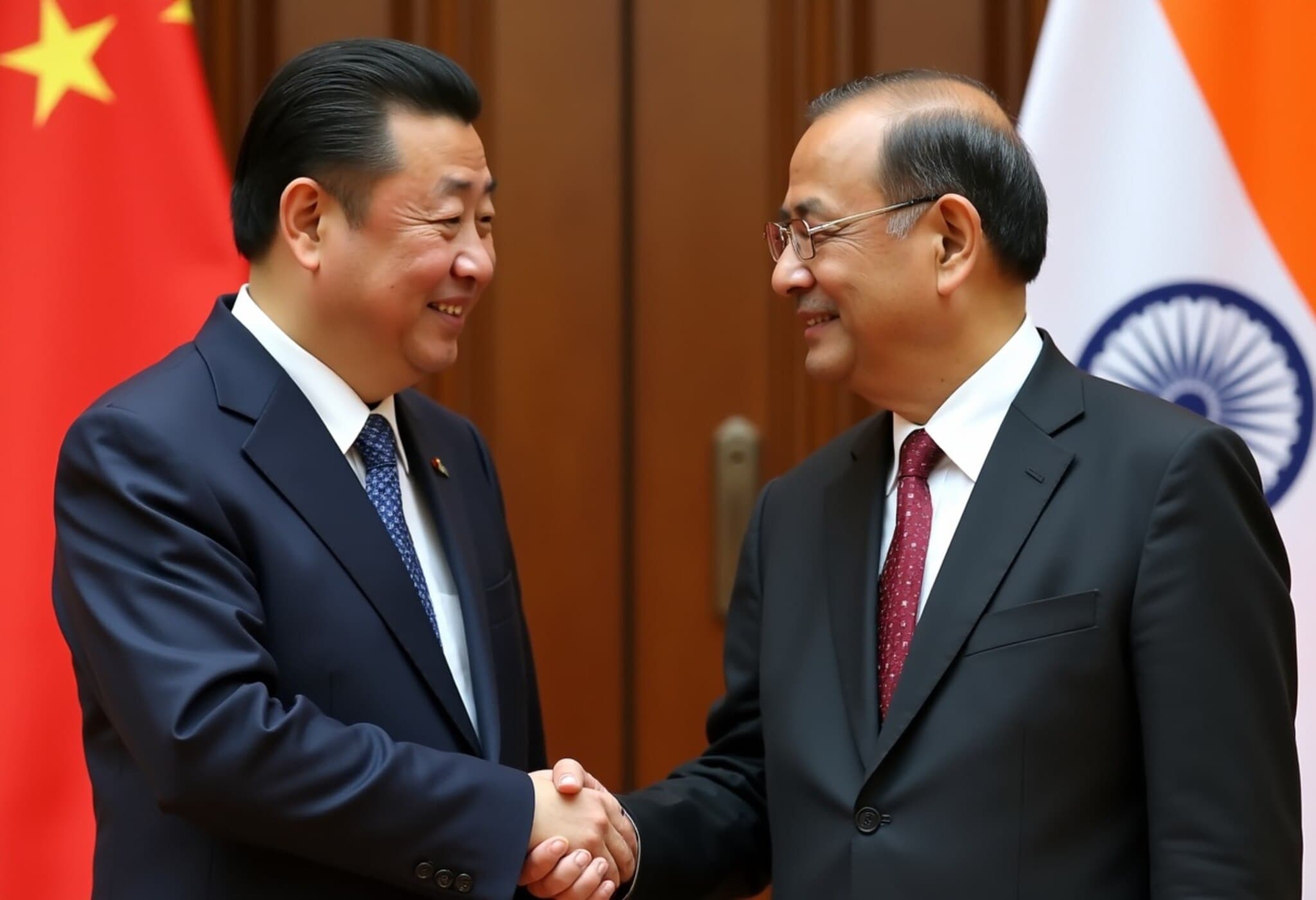India and China Reignite Dialogue to Manage Border Issues and Ease Tensions
In a significant diplomatic move on July 23, 2025, India and China convened their 34th meeting of the Working Mechanism for Consultation and Coordination on Border Affairs (WMCC) in New Delhi. This renewed engagement marks another step toward calming long-standing tensions along the Line of Actual Control (LAC) and fostering a pathway toward normalizing the complex bilateral relationship.
High-Level Delegations Signal Commitment to Dialogue
The Indian delegation was led by Joint Secretary (East Asia) Gourangalal Das, while the Chinese delegation was headed by Hong Liang, Director General of China’s Boundary and Oceanic Affairs Department. Both sides engaged in frank discussions evaluating the situation in the border areas and reaffirmed their mutual satisfaction with the current general prevalence of peace and tranquillity in the region.
Building on Last Year’s Special Representatives’ Agreements
This meeting builds upon prior understandings established during the 23rd round of the Special Representatives’ (SR) Talks in Beijing, March 2024, where key figures like National Security Adviser Ajit Doval and Chinese Foreign Minister Wang Yi agreed in principle to a phased disengagement at crucial friction points such as Depsang and Demchok. The WMCC meeting further explored measures to advance effective border management while sustaining peaceful coexistence.
Setting the Stage for Higher-Level Political Dialogue
Importantly, discussions also laid groundwork for the upcoming 24th round of SR Talks expected to be held later this year in India. This higher-level political engagement serves as an essential platform to tackle the longstanding boundary dispute, which remains one of the thorniest issues in India-China relations.
Contextual Significance: Follow-up to Key Ministerial Visits
The timing of these talks dovetails with two major bilateral exchanges earlier this year, underscoring a shared interest in stability. External Affairs Minister S. Jaishankar’s visit to Beijing in January 2025 and Defence Minister Rajnath Singh’s discussions with his Chinese counterpart during the Shanghai Cooperation Organisation (SCO) Defence Ministers’ meeting in April both represent layered diplomatic efforts aiming to de-escalate tensions especially in eastern Ladakh.
Challenges Remain Amid Incremental Progress
While the ongoing dialogues have resulted in some successes, such as partial disengagements at key points, several border areas remain contentious with talks remaining at an impasse. Experts caution that sustainable peace will require continued patience, reciprocal concessions, and strengthened trust-building mechanisms.
Why This Matters: Regional Stability and Global Implications
The India-China border issue is not just a bilateral matter; its resolution has far-reaching implications for regional security in Asia and the global geopolitical balance. As two of the world's most populous countries and major economies, their rivalry influences trade, diplomatic alliances, and military posturing in the Indo-Pacific and beyond.
Expert Commentary
Dr. Meera Rajan, an expert in South Asian geopolitics, notes, "The incremental approach adopted through the WMCC and SR mechanisms reflects a mature diplomatic strategy prioritizing long-term peace over short-term gains. However, both nations must remain vigilant against domestic political pressures that may harden negotiating positions." Meanwhile, former diplomat Arun Menon highlights, "Continuity in dialogue, even amid setbacks, signals a pragmatic recognition that confrontation serves neither side’s interests in the rapidly evolving global landscape."
Looking Ahead: What to Watch for in Upcoming Talks
- Outcomes of the 24th SR Talks anticipated later this year in India.
- Concrete steps toward phased withdrawals at remaining friction points.
- Expanded confidence-building measures fostering transparency and communication.
- Impact of these border negotiations on broader India-China economic and strategic relations.
Editor's Note
This latest round of India-China border talks underscores the delicate and complex web of diplomacy necessary to manage one of the world’s most sensitive frontiers. While progress remains incremental, the collaborative spirit reflected here offers a glimpse of hope in an otherwise tense strategic calculus. As global powers watch closely, the priority must remain on dialogue, measured engagement, and fostering mutual trust—essentials for durable peace in South Asia.




